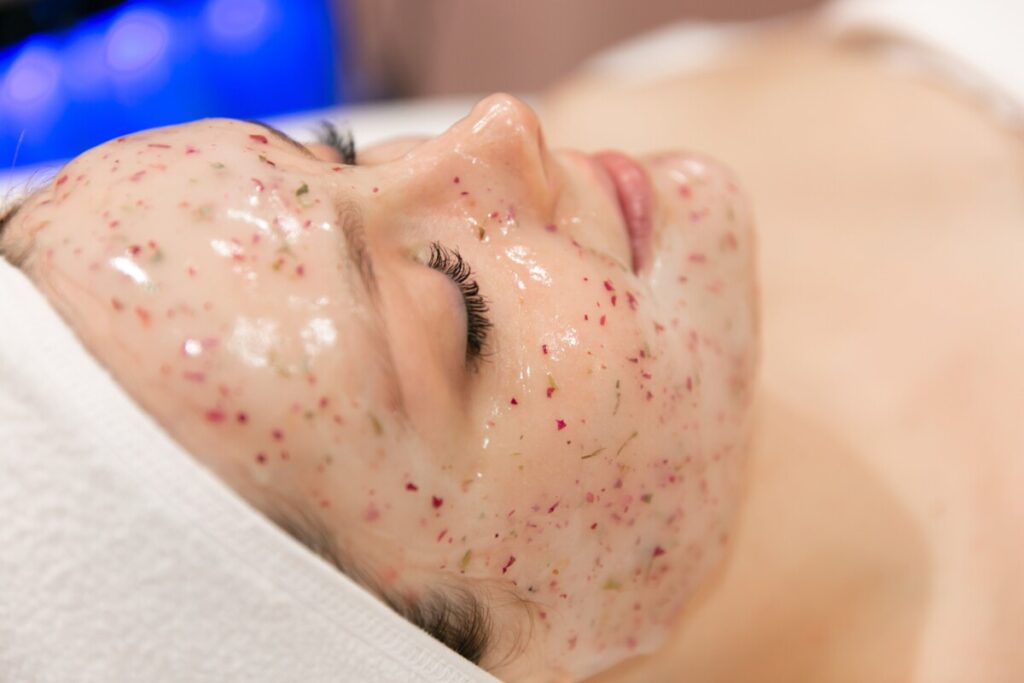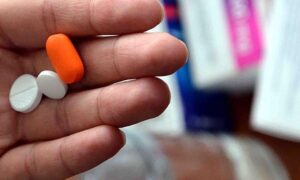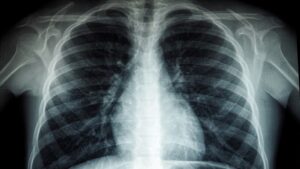[ad_1]
Troubled, dull, dry and visibly older is the skin of those who love the sun and spent this summer swimming, sunbathing or playing sports outdoors. Sun exposure has inevitably taken its toll on their skin and is likely to have caused more serious damage, such as fine lines, dark spots and sagging. Many have suffered burns, while the heat has dried out the parts of their body that are left uncovered and unprotected, having depleted its natural lubricating oils.
“Sun exposure causes long-term changes in the skin’s collagen and elastin. Collagen is a type of protein that is formed by cells and helps maintain its firmness. It is produced throughout life, helps tissues to be elastic and gradually decreases as a person ages. But besides aging there are exogenous factors that slow down its production, and UV radiation is one of them.
Elastin is also a protein and is one of the main components of the skin. Its fibers are located between its cells and give it elasticity that is up to a hundred times greater than collagen. As the skin ages, the production of elastin is disrupted. As is the case with collagen, solar radiation is “destructive”, since it can cause mutations in the genes responsible for its production and lead to changes in its structure. The consequence of this is the reduced elasticity and the easier formation of wrinkles” explains Georgios Velimbasakis, MD, FEBOPRAS, Plastic Reconstructive and Aesthetic Surgeon.
“The sun has another serious effect on the skin. Careless exposure to its rays reduces the skin’s hyaluronic acid content, which is essential for maintaining hydration, elasticity, but also for fighting inflammation and repairing it, leading to thinner and more fragile skin. “, he adds.
Although the damage caused when the sun’s rays “hit” the skin is certain, each skin type reacts differently. Those with oily skin are more protected than those with dry skin, as the sun intensifies the production of oily ingredients. This often leads to seborrhea. Dry skins become even drier and take on a flaky, wrinkled and tired appearance. Sensitive skins tend to experience rashes and inflammation. Redness and itching are also common. In skins experiencing phototoxicity, the immune system reacts, causing lesions, blisters and rashes. Therefore, their treatment is different.
Although it is not possible to reverse all the effects of long-term sun damage, applying moisturisers and nourishing creams can help improve the appearance of the skin. However, only a percentage of their ingredients are absorbed. In recent years, more or less invasive treatments have been developed that promise and carry out skin renewal.
Among the most painless and pleasant are the hydrogel masks, which provide the skin with the ingredients it needs, leaving it shiny and firm. These ingredients are 100% vegetable. There are dozens of masks with different nutrients and unique properties. So, other hydrogel masks offer hydration, healing, exfoliation, others have antiaging and soothing properties, and others fight acne and photoaging.
They are applied to clean skin and once their initial liquid texture dries, they turn into a firm gel, which helps the ingredients to be absorbed by the skin and nourish it. In 15-20 minutes the electrolytes (the imbalance of which is the main cause of skin dehydration) they contain have been absorbed.
The results are immediate and the recovery time is zero. They have no contraindications and are effective even on skin with eczema, psoriasis or acne. For acne-prone skin, they can be combined with phototherapy for even more spectacular results.
Phototherapy is an award-winning natural way of facial rejuvenation that works by exploiting the spectrum of light. Its advantages include the speed of cell renewal, which is 200% faster!
Exposure to different parts of the visible and infrared part of the light spectrum (400-760nm) offers a different therapeutic effect:
- at 620-630nm (red light) stimulates the production of collagen and elastin,
- at 465-470nm (blue light) is most suitable for treating acne, rosacea, eczema and psoriasis. At the same time it soothes the redness and inflammation of the skin and balances the pH levels,
- at 515-525nm (green light) is suitable for treating discoloration and hyperpigmentation,
- at 565-590nm (yellow light) helps treat acne and smooth wrinkles,
- at 400-420nm (purple light) has an anti-aging effect and is also indicated for treating acne and enlarged pores, and
- at 500-520nm (white light) accelerates cell metabolism.
It is an absolutely painless treatment, the results of which are immediately visible from the first session. Depending on the light that will be applied, after the treatment the skin is more hydrated, bright and shiny, fine wrinkles smoother, pores less dilated, redness reduced.
“Although hydrogel masks and phototherapy work independently and are extremely effective, the combination of the two treatments brings dazzling results. Also, each of them can be applied before or after other, more invasive treatments, such as injectable mesotherapy or microneedling, but also after nanopeeling, due to their cleansing and soothing properties”, concludes doctor Giorgos Velimvasakis.
[ad_2]






